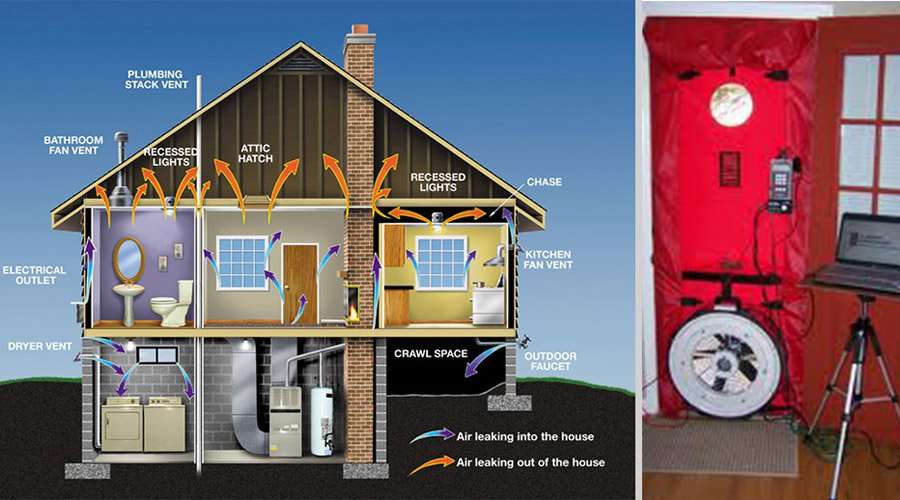strategies for a Dry and Healthy Indoor Environment
Moisture movement within a building can lead to a range of issues, including mold growth, decay, and compromised indoor air quality. Preventing and minimizing moisture movement is essential for maintaining a dry and healthy indoor environment. By employing effective strategies, building owners and occupants can minimize the risks associated with excessive moisture and ensure the longevity and durability of the structure. In this article, we will explore key techniques and practices for minimizing moisture movement throughout the building.
-
Building Envelope Design and Construction: The building envelope plays a crucial role in preventing moisture intrusion. Proper design and construction techniques are essential for creating a tight and well-sealed envelope. This includes using weather-resistant barriers, such as house wraps and vapor barriers, to minimize the penetration of moisture into the building. Pay attention to details such as sealing joints, penetrations, and transitions to prevent air and moisture leaks. Use high-quality sealants, flashing materials, and insulation to create a robust and moisture-resistant envelope.
-
Ventilation and Moisture Control: Proper ventilation is vital for controlling moisture levels and minimizing condensation within the building. Implement a well-designed mechanical ventilation system that incorporates both supply and exhaust ventilation to ensure a continuous exchange of fresh air. Use energy recovery ventilators (ERVs) or heat recovery ventilators (HRVs) to simultaneously control humidity levels while maintaining energy efficiency. Additionally, consider localized exhaust systems in high-moisture areas such as bathrooms, kitchens, and laundry rooms to remove moisture at the source.
-
Effective Drainage Systems: A well-designed and properly functioning drainage system is crucial for managing moisture around the building. Ensure that gutters, downspouts, and surface drains are clear of debris and properly direct water away from the foundation. Proper grading around the building helps prevent water pooling near the structure. Consider installing French drains, swales, or other drainage solutions to manage excess water and prevent it from seeping into the building.
-
Moisture-Resistant Materials and Finishes: Selecting moisture-resistant materials and finishes is key to minimizing moisture movement throughout the building. Use moisture-resistant drywall, cement boards, or other suitable materials in areas prone to moisture, such as bathrooms and basements. Choose flooring options that are resistant to moisture, such as porcelain tiles, vinyl planks, or sealed concrete. Utilize moisture-resistant paint and coatings on walls and surfaces to provide an additional layer of protection.
-
Regular Maintenance and Inspections: Regular maintenance and inspections are essential for identifying and addressing potential moisture issues. Conduct routine checks for leaks, cracks, or damage to the building envelope. Inspect plumbing fixtures, pipes, and HVAC systems for leaks or condensation. Promptly address any maintenance or repair needs to prevent moisture-related problems from escalating.
-
Education and Occupant Practices: Educate building occupants about proper moisture management practices to minimize moisture movement within the building. Encourage them to promptly report any signs of water intrusion, leaks, or excessive condensation. Emphasize the importance of ventilation, proper use of exhaust fans, and maintaining optimal humidity levels. Provide guidance on managing moisture sources such as drying wet clothes, using kitchen and bathroom ventilation during activities that generate moisture, and promptly fixing plumbing leaks.
Minimizing moisture movement throughout the building is crucial for maintaining a dry and healthy indoor environment. By implementing effective strategies such as proper building envelope design and construction, adequate ventilation, efficient drainage systems, moisture-resistant materials, regular maintenance, and occupant education, building owners and occupants can mitigate the risks associated with moisture-related problems. By taking proactive measures to minimize moisture movement, you can create a comfortable, durable, and sustainable building that promotes the well-being of its occupants.

